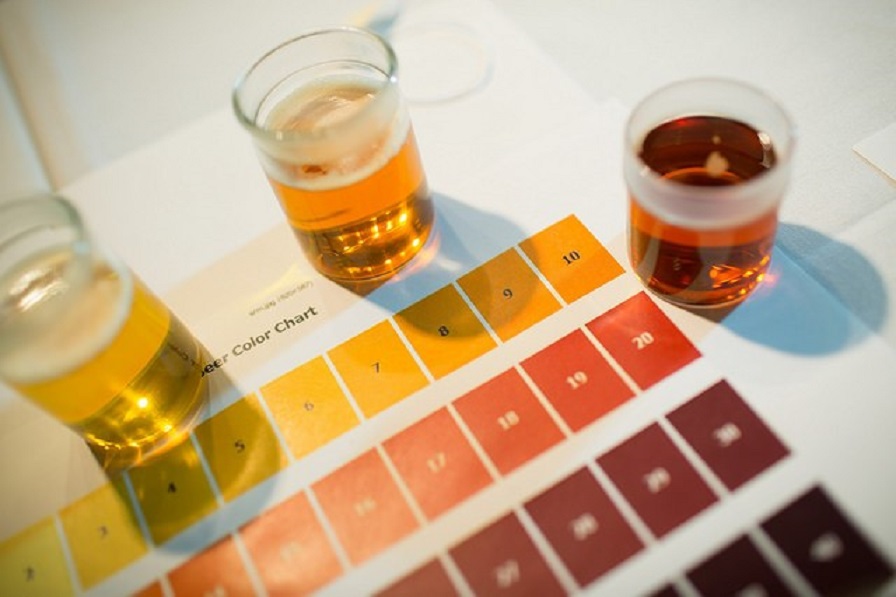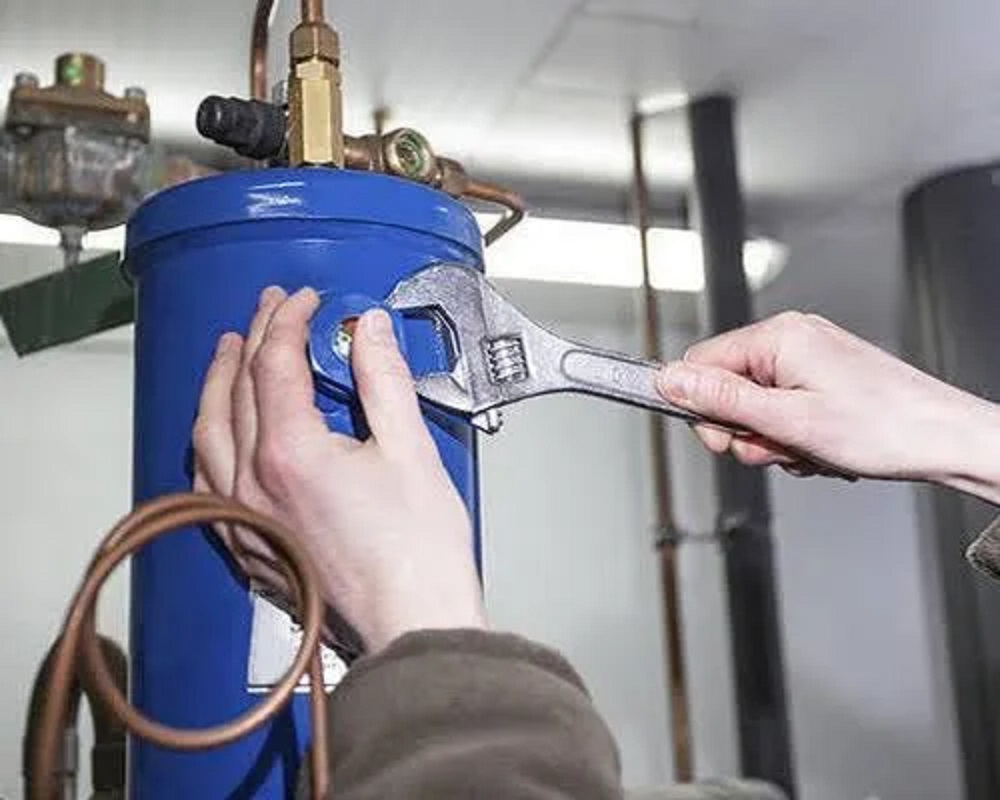
Why should you do chemical tests for drinking water
Water – if it is safe – replaces you with any other drink; It is useful for teeth, skin, weight control, and even the ability to think properly. Hence the necessity of conducting chemical tests for drinking water to ensure the quality of the water. On the other hand, drinking water contaminated with pathogenic bacteria and heavy metals. Or other harmful substances may cause diarrhea, brain damage, infertility, or cancer.
For these reasons, it is necessary to check the quality of the water before we drink it. Let’s see if it needs to be purified, or not. And to know what kind of filter to use, if purification is needed.
Find out about all the lab tests we offer here.
Is the solution in bottled mineral water?
Bottled water isn’t necessarily always safe, plus it costs thousands of times more than tap water. Packing it in plastic bottles and transporting it also has significant environmental costs.
As we look at how to ensure water security for all, as part of our work on water welfare. We seek to make water-safe testing available to all by providing the tools to conduct chemical testing of drinking water that are quick, inexpensive, and accurate.
These tests can be used to quickly detect the presence of lead, copper, arsenic, or fluoride in water. And should soon detect the presence of more contaminants.
Comparison of different types of water and the minerals available in it
Have you ever wondered which is better mineral water or tap water? If you want to compare regular and mineral water, there is a lot of evidence from analyzing a huge number of different types of water that the differences are not very big.
Both types contain minerals and undergo some form of processing. However; Mineral water should contain a certain amount of minerals, here are some differences between tap water and mineral water.
Tap water
The water in household taps comes from either surface or underground sources and is subject to several environmental standards to reduce contaminants in the water supplied to homes.
Public water suppliers transport water from its source to treatment plants, where it undergoes chemical disinfection. Clean water is finally delivered to homes through an underground pipe system.
Tap water contains added minerals, including calcium, magnesium, and potassium, and untreated tap water may also be high in minerals, which some consider healthier. However, minerals in hard water form deposits that can corrode pipes.
Despite local efforts in every country to disinfect drinking water pipes, contaminants and metal deposition may cause pipes to rust, which undoubtedly seeps into drinking water.
Bottled mineral water
Mineral water comes from natural aquifers, which gives it a higher mineral content than tap water.
According to the US Food and Drug Administration (FDA), mineral water must contain at least 250 parts per million of total dissolved solids. The US Food and Drug Administration bans water bottlers from adding minerals to their products.
Minerals, often found in mineral water, include calcium, magnesium, potassium, sodium, iron, and zinc.
And unlike tap water, mineral water is bottled at the source. Some people prefer mineral water because of its remarkable purity and not going through the stages of chemical purification.
However, mineral water may undergo some treatment, which can include adding or removing CO2 or removing toxic substances such as arsenic.
Carbon dioxide also helps prevent oxidation and limits bacterial growth in mineral waters that naturally obtain carbon dioxide from the source. Some manufacturers may also try to pump CO2 into the water after extraction.
Spring water
According to the definition of the US Food and Drug Administration, spring water is “derived from an underground formation, from which water naturally flows to the surface of the earth in a specific place, called a spring”.
Spring water is almost tasteless compared to mineral water or commercially treated tap water. So many prefer it for its tasteless advantage, believing that it is pure and free of pollutants of all kinds.
However, the cleanliness of the bottle of spring water is due to its source. And the keenness of the party responsible for filling on the cleanliness of the bottles.
Artesian water
Artesian water is the water produced from the so-called artesian well. It is a subsurface rock unit that carries water and transports it under sufficient pressure to push it up the well. But artesian water has no special chemical or medicinal properties.
Chemical contaminants detected by water chemical tests
Another thing that troubles people when thinking about the quality of drinking water is the number of chemical pollutants that are present in it. It is known that it causes many serious diseases such as cancer. Conventional water treatment methods do not necessarily eliminate such pollutants.
For more than a hundred years, the pipes through which drinking water flowed to reach the tap for people to drink were made of lead. Unfortunately, there are still many lead pipes in existence to this day.
Automobile fluids dripping from their engines settle on the ground. Where they find their way into the means that supply people with water. And the drops that seem to be few with billions of cars become huge and terrifying.
Other harmful contaminants found in abundance in tap water include drugs, arsenic, aluminum, mercury, asbestos, and fluoride. Which is intentionally added to drinking water in some areas. It has been linked to cancer and infertility.
Bacterial contaminants
There are bacteria in most tap water sources, but not all tap water contains the same percentage or rates of these contaminants. Among the types of bacteria present in the treated drinking water are Cryptosporidium and Giardia. But its presence is in low concentrations so that it does not cause disease in healthy people, in addition to coliforms bacteria.
The importance of conducting chemical tests to determine bacteria levels in tap water
Bacteria levels vary widely from region to region. We find that in water treatment plants chlorine is added to protect humans from harmful bacteria. But how effective is chlorine in maintaining human health? Bacteria may invade tap water from many sources, including water purification facilities. But do these leaking bacteria harm humans?
The process by which tap water is tested for the presence of harmful bacteria, in general, is called a coliform count. The origin of this bacteria is due to human and animal waste, and therefore we find it commonly in the soil and in plant life. And everywhere outside around us. Although it is a bacteria that do not cause diseases. Its presence at high rates may be a sign that there is something undesirable in the water.
And with the presence of the most dangerous contaminants such as typhoid, cholera, dysentery, and hepatitis C. With it, coliform bacteria levels rise, so we find that testing the levels of these bacteria is one of the simplest ways to determine whether or not water is safe and sound.
Well water
Its sources of pollution are numerous, and private wells are not subject to testing laws and regulations of the competent authorities. A person may not know about the problem unless a family member becomes ill.
With poorly drained and polluted rain or flood waters. It may find its way into well water, which in turn pollutes it.
Old wells built of stones or bricks are a fertile source of pollutants, including the entry of small animals into them.
The presence of cracks in well water pipes leads to water leakage and thus a high rate of loss or the entry of pollutants through these cracks.
We must always bear in mind, even if tap water contains many types of western substances. Switching to bottled water is not an effective solution, as much mineral water has been tested for the safety of their use and the results showed the safety of tap water at much higher rates than theirs. It is better to invest Money in following a water purification system rather than buying it.

























